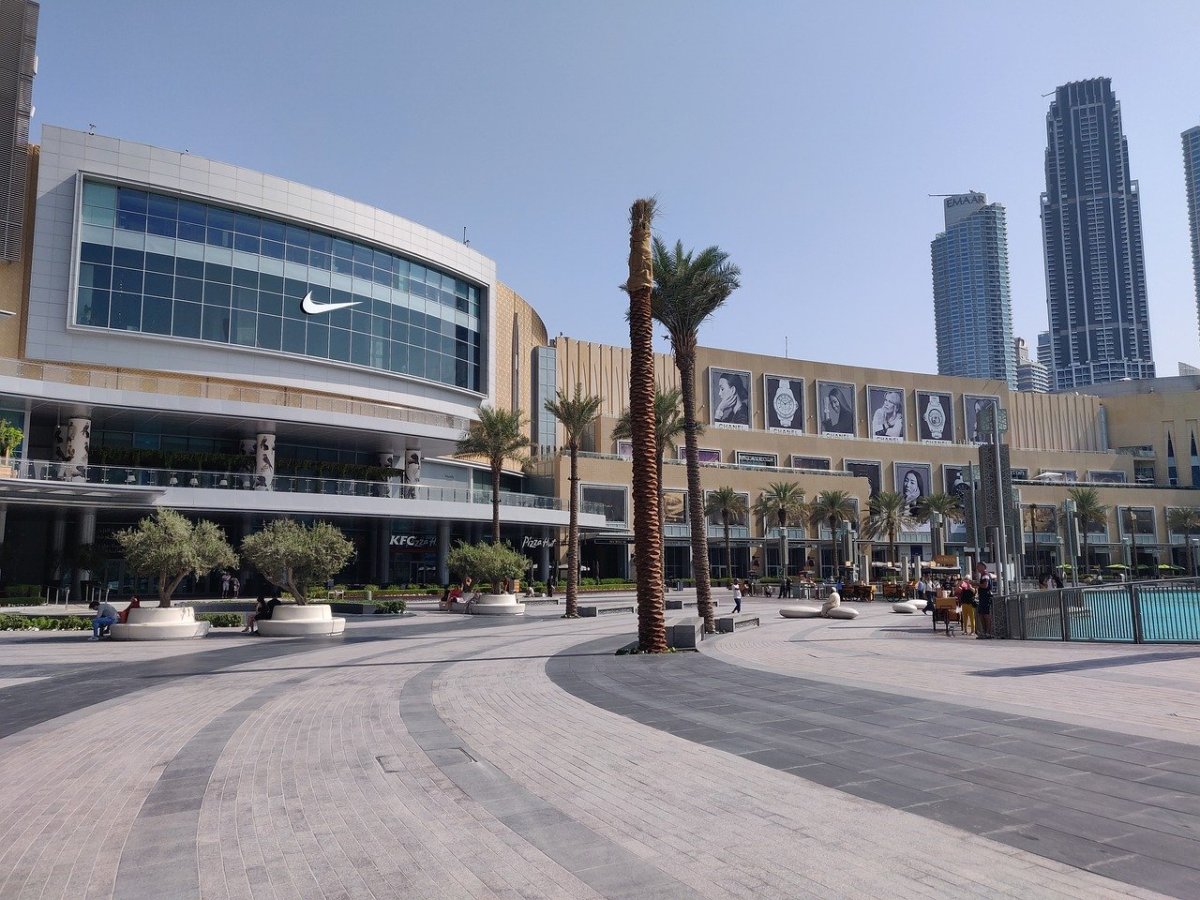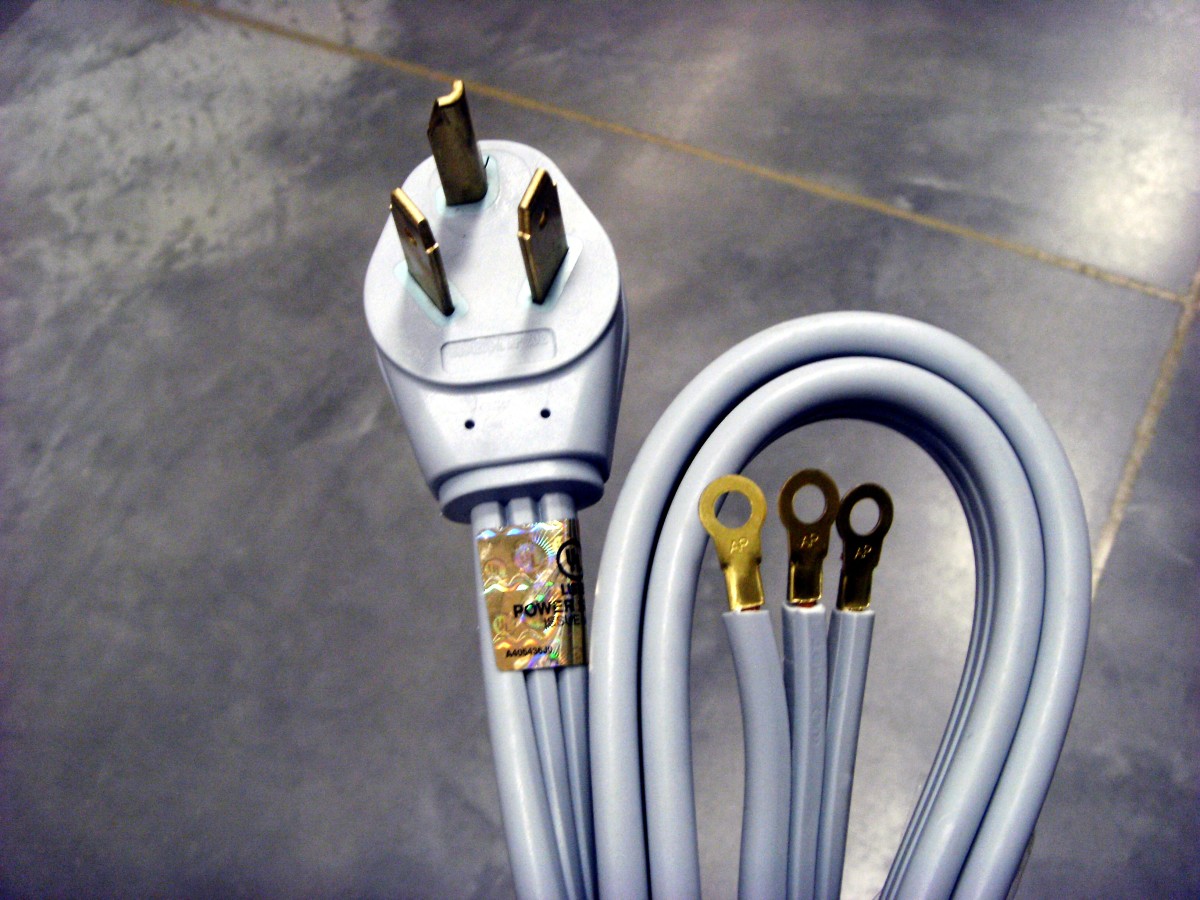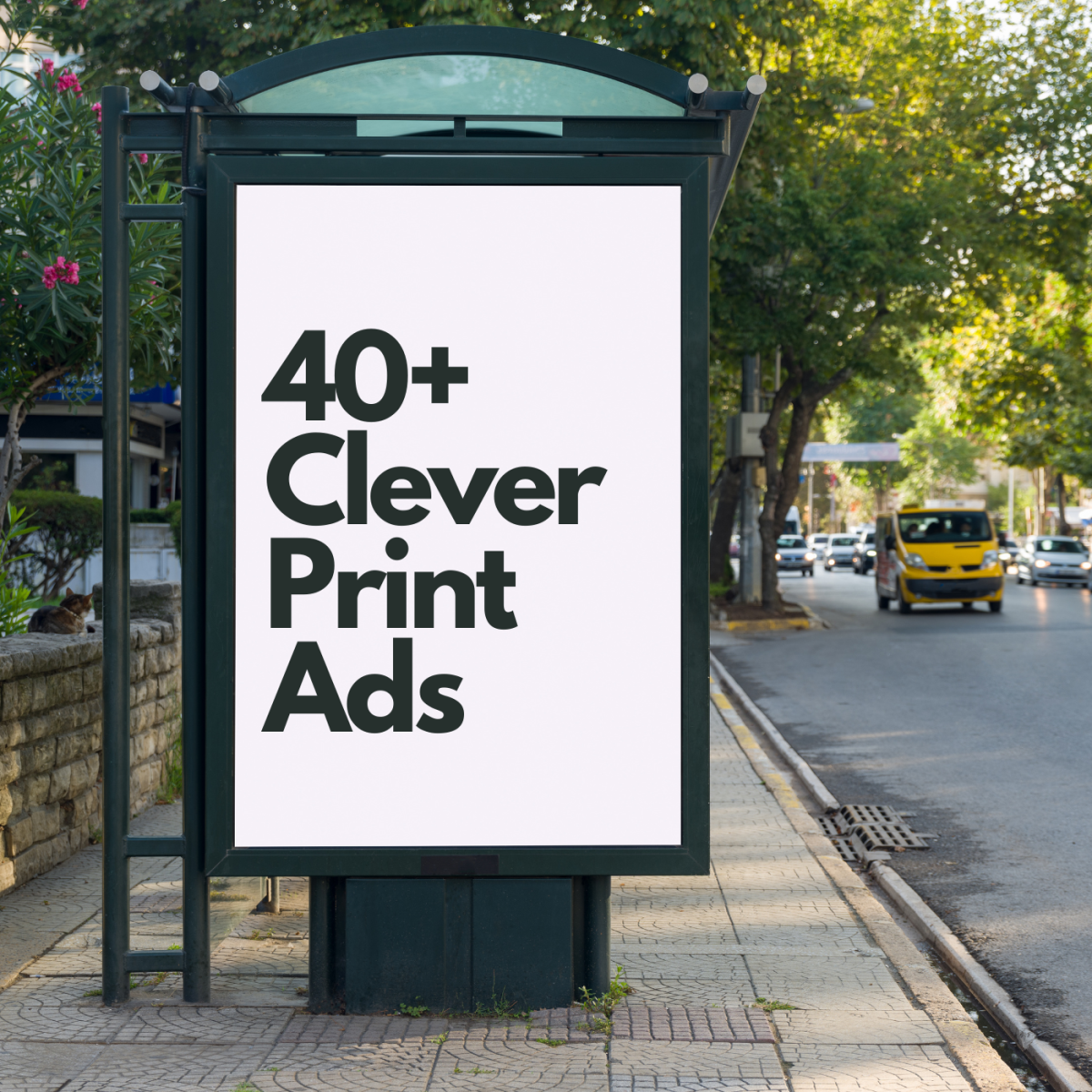The Changing Nature of American Retailing: Lansing, Michigan, as a Case Study
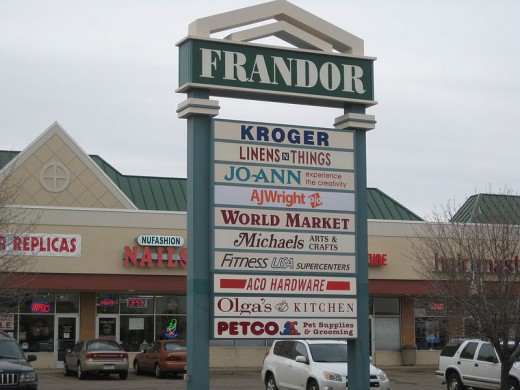
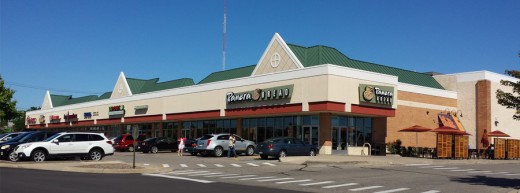
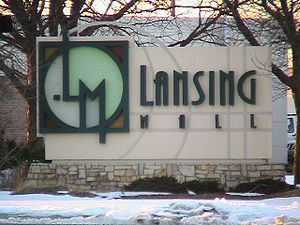
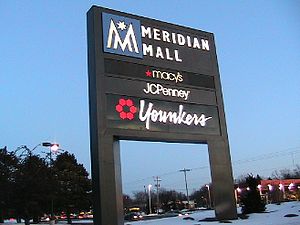
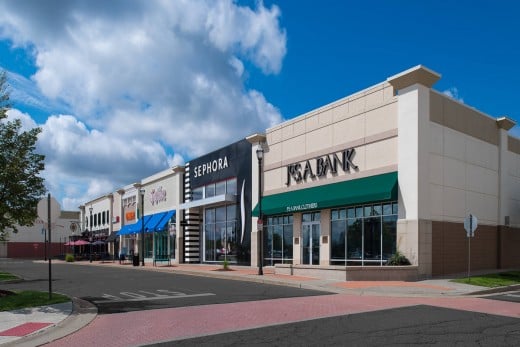
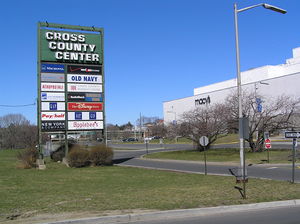
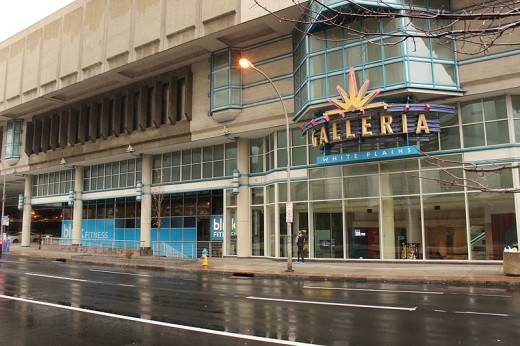
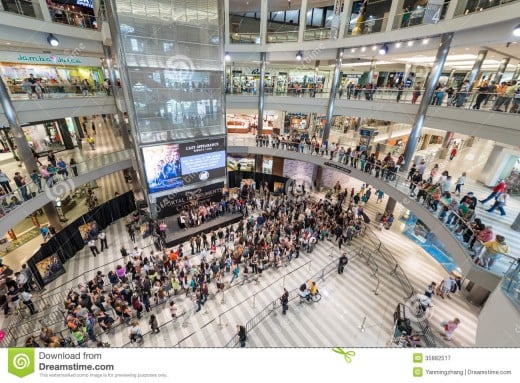
The Shifting Nature of Bricks and Mortar Cultural Geography
There is a running debate nowadays on the future of American retailing. One school of thought holds that the Internet will make traditional venues of shopping obsolete, and that physical shopping centers and malls will soon be a thing of the past. Another school, equally plausible, contends that although retailing has become more technologically advanced--with Amazon and E-Bay as obvious examples--there is still room for the old-fashioned kind of outing for goods which has always defined the American shopping experience. This article seeks to reinforce this latter notion and that Lansing, Michigan is a perfect example of the countertrend and a microcosm against prevailing conventional wisdom.
Frandor Shopping Center
Located on the east side of Lansing, where the city almost melts into adjacent East Lansing, is the Frandor Shopping Center. This center was typical of American shopping centers of the 1950's, with its outlying location away from center city congestion but not quite into the suburbs. It has its counterparts in, for example, the Cross County Center in Yonkers, New York, located just north of the great city. Although not as large, Frandor features the same basic layout, with isolated discrete blocks of stores separated by large open air parking lots. After a period of decline following many Michigan winters and the sheer passage of the years, Frandor was given a complete makeover and facelift in the late 1990's. Its owners were confronted with several choices: tear it down, let the situation slide and lose business to newer malls or opt for the makeover. Perhaps most wisely of all, they chose the latter option and the result is that Frandor today does not look a day older than in its debut year of 1954! This is contrasted with Logan Square on the south side, where no makeover has led to declining tenancy and increasing vacant storefronts.
Lansing and Meridian Malls: The Last Word in Retail Shopping?
At the east and west ends of the Lansing capital area are two malls that were constructed about the same time and reflect the then current thinking of what would be the ultimate shopping experience. Cadillac Fairview of Toronto was a pioneer mall builder in those days. Lansing and Meridian Malls seemed to have it all: shopping, dining, people-watching, anchor stores with a national following and a sense of destination that appeared to signal that they would be the last word in retailing. Like other ambitious mall projects of that era, they featured food courts, a myriad of stores under one roof, all-weather shopping and even tornado shelters if needed in twister season ! Lots of glass and concrete, water basins and hanging plants invited many shoppers to stroll along the lengthy corridors and pause to shop (or just window shop) along the way. Nothing in the pre-Internet age could have eclipsed this total shopping experience. More recently, though, there has been a shift away from the mall concept, and it is not just the Internet. The Mall of America in Minnesota was perhaps the seal of American malls, and the recent demise of a planned Ohio super mall indicates that at least the Golden Age of malls has passed. Has the bloom gone off the American mall rose? In the last decade or so, a return to the spread out, disconnected shopping experience has surfaced in America.
Eastwood Towne Center...Back to Frandor?
Just when it seemed as if the glass and concrete enclosed mall would be the last word in physical shopping, along came a return to the spread out style of the 1950's, with isolated, discrete blocks of stores separated by large parking lots and featuring a variety of national and local retailers ranging from J. Crew to family restaurants no one ever heard of out of the area. Such a spread is the Eastwood Towne Center on the northeast side of Lansing, and bearing an uncanny family resemblance to the Frandor center described earlier. Although Frandor has about fifty years head start on Eastwood, the two look almost identical due to the major Frandor facelift of the late 1990's, if a few years ahead of Eastwood's debut. Obviously, something happened in this interim to make planners rethink the notion of the modern mall as the final say in the retail experience. It remains to be seen if this transition from premodern to high modern to postmodern will trend nationwide, but this local case study may be an interesting test model.
Conclusion
There is no definitive consensus on the long term trend in retailing in America, only endless opinions. As with other innovations, the more things change, the more they stay the same. For example, the advent of the ATM was supposed to kill off the teller occupation in banks or credit unions, although it did not. Similarly, the paper-free office failed to materialize. And while "snail mail" is derided as obsolete , the U.S. Postal Service still moves much mail every year. Human behavior being what it is, one can only predict that while technological inroads continue, the good old shopping center (or mall) will be around a while longer.

